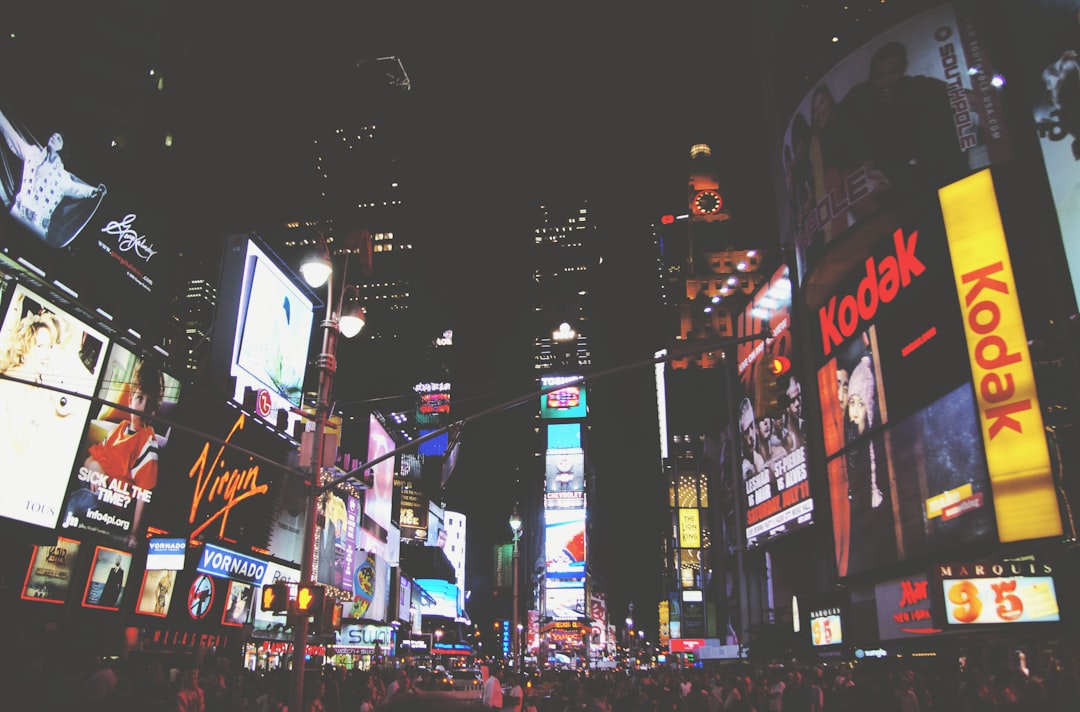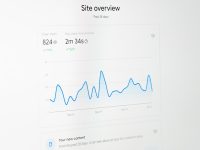As digital advertising continues to evolve, brands face increasing pressure to get the maximum return on their media investments. In 2025, marketers must adapt to ongoing platform changes, privacy regulations, and data-driven performance demands. Whether you’re managing a modest ad budget or overseeing a multi-million dollar campaign, optimizing ad spend is no longer optional—it’s essential.
Here are three proven tactics for making the most out of your advertising dollars in 2025:
1. Embrace AI-Powered Campaign Automation
Automation is no longer just a luxury; it’s a competitive necessity. Leading platforms like Google Ads, Meta, and Amazon Advertising have invested heavily in artificial intelligence to improve campaign efficiency and targeting accuracy.
By leveraging AI-powered tools, advertisers can:
- Auto-optimize bids: Adjust bids in real-time based on performance trends and historical data.
- Use predictive analytics: Identify which audiences are most likely to convert before spending serious cash.
- Streamline ad testing: Let machine learning algorithms test variations and choose winning creative assets more quickly.
Successful advertisers in 2025 aren’t just using automation tools—they’re deeply integrating them into strategy from day one.

2. Shift Toward Zero-Party and First-Party Data
With the decline of third-party cookies and the rise of online privacy regulations such as the GDPR and CPRA, relying on external data sources has become both risky and inefficient. Instead, future-facing marketers are turning to data that customers voluntarily provide, also known as zero-party data, as well as data collected directly through interactions—first-party data.
Here’s how to maximize its potential:
- Build trust: Offer value in exchange for information like preferences, birthdays, or product interests.
- Create personalized experiences: Use collected data to tailor ads, email campaigns, and retargeting with pinpoint accuracy.
- Enhance segmentation: Organize customers not just by age or geography but by actual behavior and intent.
This ethical, user-centric approach builds long-term customer relationships and delivers better value per ad dollar spent. Plus, audiences are far more likely to engage with content that reflects their interests and choices.

3. Adopt a Full-Funnel Attribution Model
In the past, many marketers focused exclusively on last-click attribution. But in 2025, smarter ad spending means understanding the entire customer journey. A full-funnel approach allows you to see the impact of upper-funnel activities—like brand awareness and consideration—on final conversions.
Here’s why full-funnel attribution is a game-changer:
- Uncover hidden value: Channels like YouTube, TikTok, and CTV often influence decisions long before a purchase is made, even if they don’t drive immediate clicks.
- Allocate budget strategically: Spread resources across top, middle, and bottom-funnel tactics instead of blowing it all on retargeting.
- Align with sales cycles: Especially for B2B or high-ticket items, nurture leads over time with multiple touchpoints.
Tools like Google’s Data-Driven Attribution model and third-party platforms such as Triple Whale, Rockerbox, and HubSpot can help provide a more accurate picture of your ROI throughout the funnel.
Final Thoughts
Optimizing ad spend in 2025 isn’t about spending less—it’s about spending smarter. By embracing AI-powered automation, investing in first-party and zero-party data, and guiding decisions with full-funnel attribution, you’ll be equipped to outpace competitors and drive real business growth.
The digital landscape will continue to shift, but with these strategies in place, your advertising efforts can stay agile, cost-effective, and, most importantly, effective.



Leave a Reply